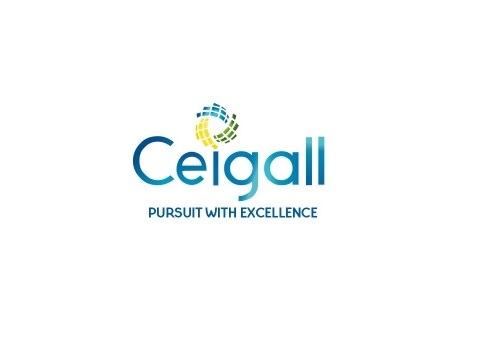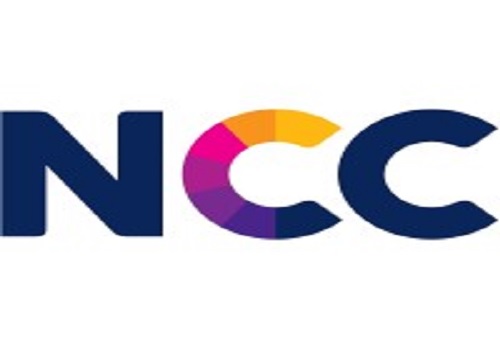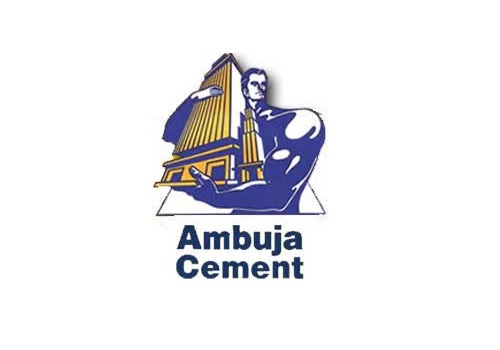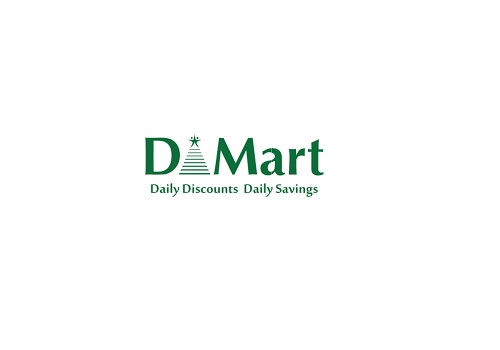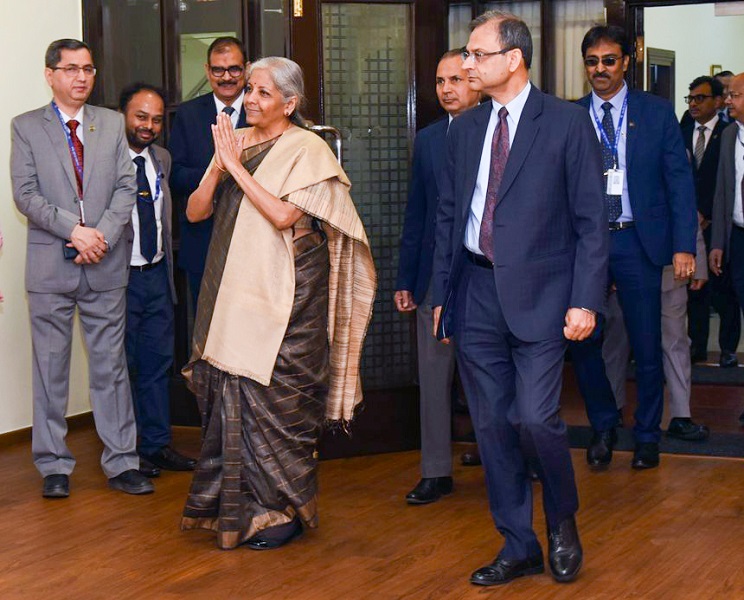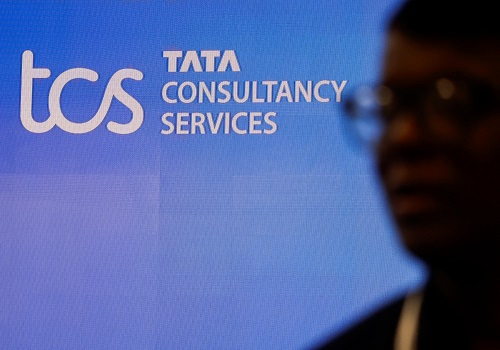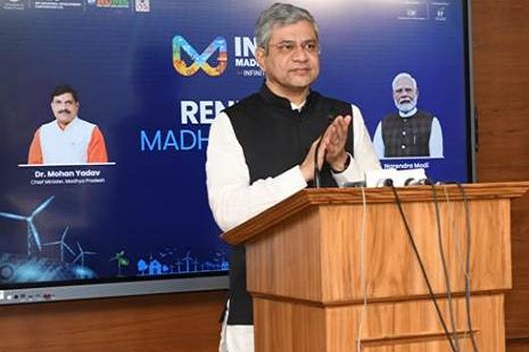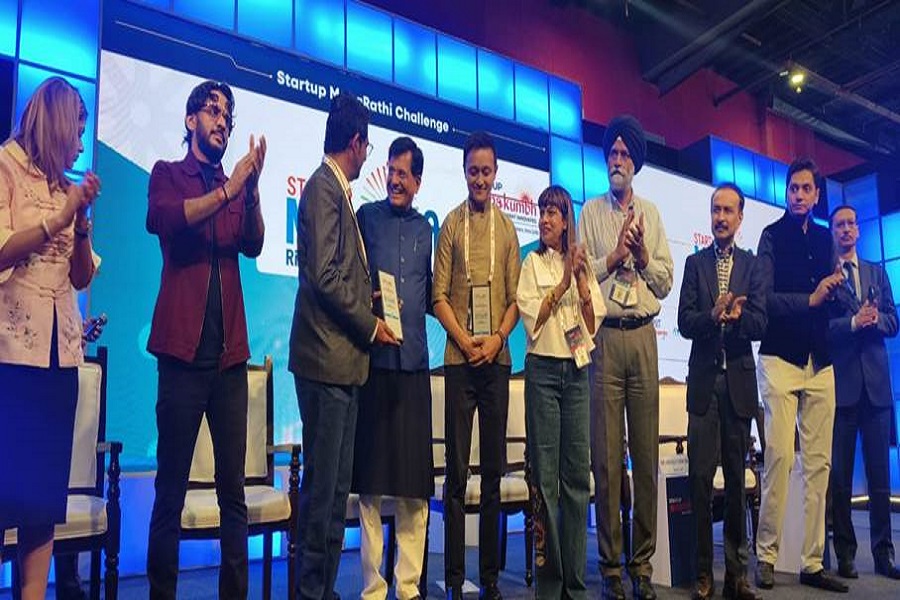Polyester yarn makers growth spree to continue this fiscal
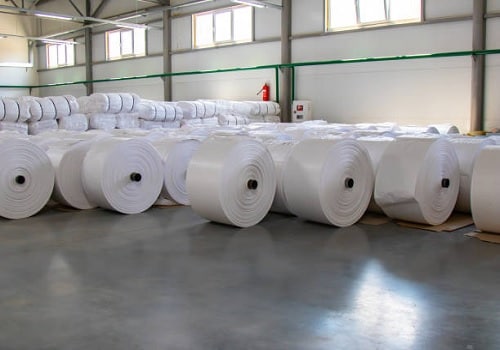
Healthy demand from end user industries, and increased blending with cotton yarn due to decadal high prices of cotton, will drive revenue growth of 18-20% this fiscal for polyester yarn manufacturing sector
To add icing on the cake, operating profitability1 of polyester yarn segment is also expected to increase by 100 basis points to ~11% this fiscal, driven by continued high-capacity utilisation (over 90%) due to demand growth and healthy polyester yarn spread (difference between prices of polyester yarn and its raw materials). Better profitability and expected modest capital spending will improve credit profiles of polyester yarn manufacturers, shows an analysis of 24 players that account for about 40% of the sector’s revenues.
Polyester yarn is used mostly in athletic and leisure wear, home textiles and garments. Recovery in demand from these end-user segments and multiple price hikes had led to a revenue growth of 60% last fiscal, though on a low base, with sales volume picking up 15%. Demand is seen to remain healthy this fiscal too, with garments and home textiles segments expected to grow at 16-18% and 12-13% in fiscal 2023 respectively, driven by recovery in domestic demand and moderate growth in exports
The continued wide price differential between cotton yarn and polyester yarn (refer to annexure 1) will result in higher blending among downstream players, further spurring demand for polyester yarn.
Says Gautam Shahi, Director, CRISIL Ratings, “Polyester yarn is cost effective to blend with cotton yarn, and since cotton yarn prices have risen by ~25% over the past year, higher blending has increased the demand for polyester yarn. With increased differential between cotton and polyester yarn prices to sustain, we expect 4-5% of cotton yarn demand to shift to polyester yarn. This shift is expected to continue for most part of this fiscal as end user segments operate in a price competitive environment.”
Purified terephthalic acid (PTA) and mono-ethylene glycol (MEG), both crude derivatives, account for 80% of raw material cost for polyester yarn manufacturers. Their prices have increased sharply due to supply chain issues arising from the Russia-Ukraine conflict.
However, buoyant demand and timely pass-through have supported the polyester yarn spreads vis-à-vis its key raw materials. The average spreads rose to a five-year high of ~Rs 29 per kg last fiscal from Rs 22 per kg in the previous fiscal and should sustain at Rs 28-29 per kg this fiscal (refer to annexure 2)
Polyester yarn sector will also benefit from favourable demand-supply dynamics as no large capacity addition is expected in the industry over next two fiscals, while demand is expected to grow at 7-8% for the same period
Says Sushant Sarode, Associate Director, CRISIL Ratings, “With capital spending expected to remain moderate, better cash generation and gradual debt repayment will drive improvement in the credit profiles of polyester yarn manufacturers over the next few fiscals. Ratios of interest coverage and gearing2 are expected to improve to 11 times and 0.5 time, respectively, this fiscal from 7.6 times and 0.6 time, respectively, in the last.
Volatility in crude oil prices as well as any resurgence in Covid-19 cases impacting the demand-supply situation will remain the key monitorables over the near term.
To Read Complete Report & Disclaimer Click Here
Above views are of the author and not of the website kindly read disclaimer


